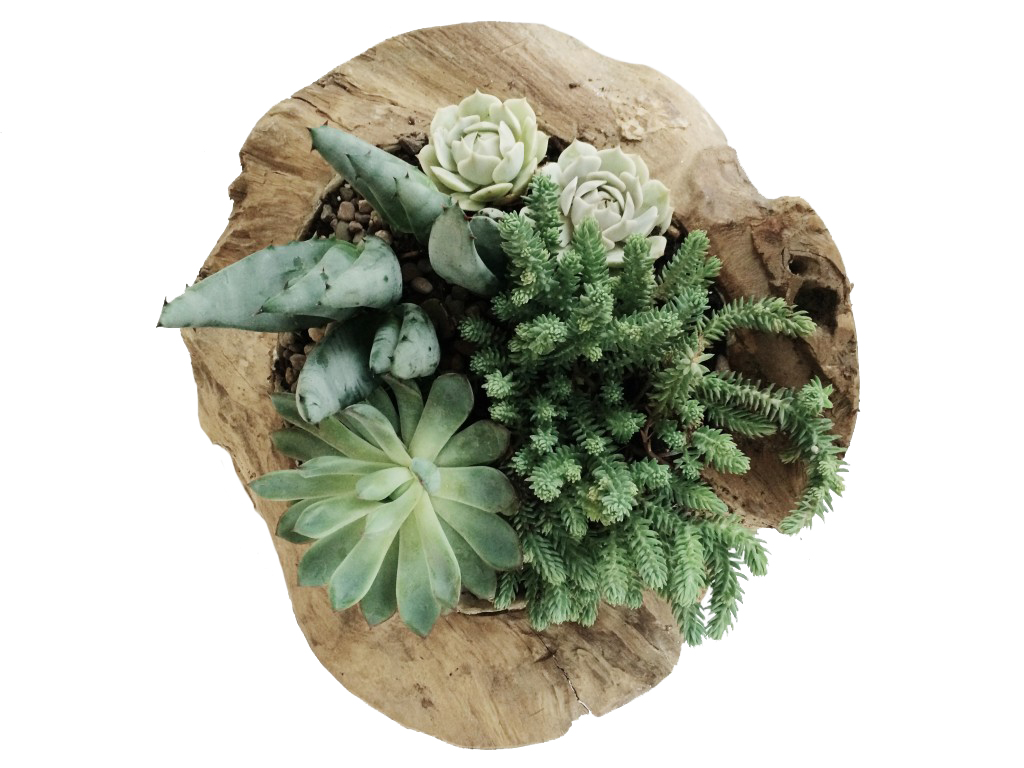The indoor panda plant is a hardy succulent that makes an interesting addition to the houseplants you grow indoors. Often a favorite of children, growing Kalanchoe panda plants are a good specimen to locate in a child’s room as part of the décor. Keep reading to answer the question of what is Kalanchoe tormentosa and how to grow a panda plant indoors.
More than 100 varieties of Kalanchoe grow in the wilds of Africa and other parts of the Old World. Kalanchoe tomentosa grows wild on the island of Madagascar. In its native environment, growing Kalanchoe panda plants have a woody base and reach several feet. As an indoor plant, however, panda plant growth is limited by the size of the container, usually reaching only one to two feet in height and two feet around.
Further information on growing Kalanchoe panda plants says the velvety appearance of the leaves is created by hairs that spring up in trichomes, deflecting light and limiting transpiration. Brownish red markings on leaf edges, along with the white-silvery hairs, are similar to the fur of a panda bear. Tomentosa means densely woolly or velvety. The plant is also commonly called pussy ears as well.
Family:
Crassulaceae
Genus:
Kalanchoe
Species:
Tomentosa
Height:
18-24inches (45-60cm)
Sun Exposure:
Sun to partial shade
Bloom Color:
Orange, Red-Orange, Gold(Yellow-Orange), Pale Yellow
Bloom Time:
Anytime between late fall and mid winter

Home


